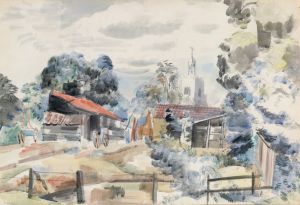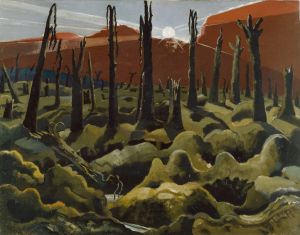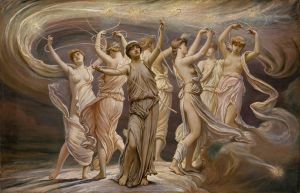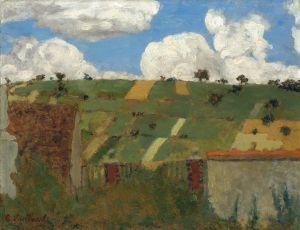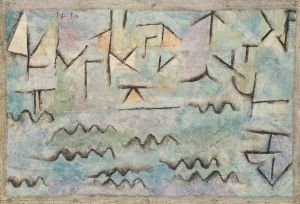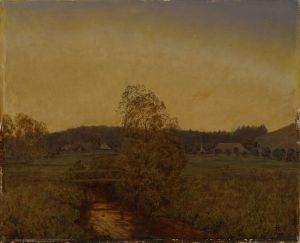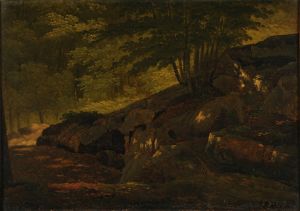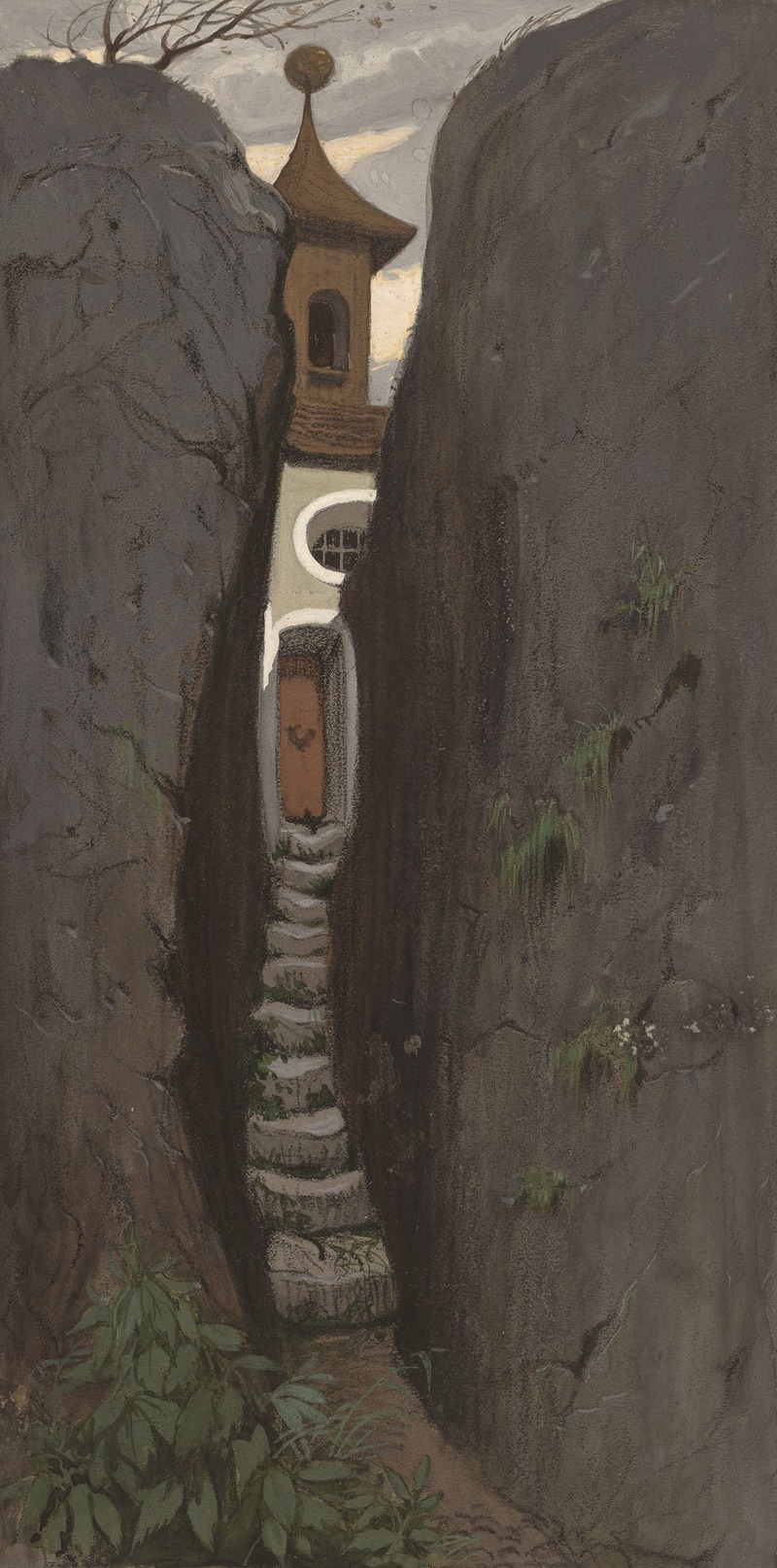
Vitré
A hand-painted replica of Elihu Vedder’s masterpiece Vitré, meticulously crafted by professional artists to capture the true essence of the original. Each piece is created with museum-quality canvas and rare mineral pigments, carefully painted by experienced artists with delicate brushstrokes and rich, layered colors to perfectly recreate the texture of the original artwork. Unlike machine-printed reproductions, this hand-painted version brings the painting to life, infused with the artist’s emotions and skill in every stroke. Whether for personal collection or home decoration, it instantly elevates the artistic atmosphere of any space.
Elihu Vedder's painting Vitré is a work created by the American artist during the 19th century. Vedder, known for his association with the Symbolist movement and his interest in allegorical themes, produced this piece during his travels in Europe. The title, Vitré, refers to the town of Vitré in Brittany, France, which is renowned for its medieval architecture and picturesque landscapes. The painting reflects Vedder's fascination with European settings and his ability to capture the atmosphere of a place.
Vedder spent much of his career traveling and living abroad, particularly in Italy, but he also visited other parts of Europe, including France. His time in Vitré likely inspired this work, as the town's historic charm and unique character align with the artist's interest in evocative and timeless subjects. The painting is believed to depict a scene from the town, possibly highlighting its architectural features or rural surroundings, though specific details about the composition are not widely documented.
Elihu Vedder's broader body of work often combines realism with a sense of mystery, and Vitré may similarly reflect his ability to blend detailed observation with a poetic sensibility. While Vedder is best known for his illustrations for the 1884 edition of Edward FitzGerald's The Rubáiyát of Omar Khayyám, his paintings, including Vitré, demonstrate his versatility and his engagement with diverse themes and styles.
The current location of Vitré is not well-documented, and it is unclear whether the painting is held in a public collection or remains in private hands. As with many of Vedder's works, it is valued for its artistic quality and its connection to the cultural and historical contexts of the 19th century.
Further details about the painting's creation, exhibition history, or critical reception are not readily available in existing records.





